Global translational reprogramming of plant immune response, and engineering of disease resistance through regulated translation ($)
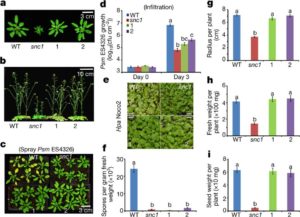 Plants fight back when pathogens attack, and in the first of a pair of papers Xu et al. have revealed a new insight into this response by demonstrating a significant translational upregulation of many defense-response mRNAs (10.1038/nature22371). Previously, this group showed that the translation of a key regulator of transcriptional responses to pathogens, TBF1, is itself regulated by the presence of two upstream open reading frames (uORFs). In the first of the new papers, they show that this translational regulation also involves a purine-rich R-motif. They also observed that in the absence of pathogens, many defense-related genes show a suppression of translation that is alleviated upon pathogen exposure, indicating that a global translational reprogramming occurs. In the second new paper (10.1038/nature22372), the authors engineered translational regulation into a constitutively active immune receptor gene, snc1 or the defense regulator NPR1. In the absence of translational repression, snc1 and NPR1 expression confer broad-spectrum resistance, but with a substantial growth penalty. When expression is controlled by the repressive uORFs and R-motif, plants carrying these constructs show enhanced disease resistance without an accompanying growth penalty. Nature.
Plants fight back when pathogens attack, and in the first of a pair of papers Xu et al. have revealed a new insight into this response by demonstrating a significant translational upregulation of many defense-response mRNAs (10.1038/nature22371). Previously, this group showed that the translation of a key regulator of transcriptional responses to pathogens, TBF1, is itself regulated by the presence of two upstream open reading frames (uORFs). In the first of the new papers, they show that this translational regulation also involves a purine-rich R-motif. They also observed that in the absence of pathogens, many defense-related genes show a suppression of translation that is alleviated upon pathogen exposure, indicating that a global translational reprogramming occurs. In the second new paper (10.1038/nature22372), the authors engineered translational regulation into a constitutively active immune receptor gene, snc1 or the defense regulator NPR1. In the absence of translational repression, snc1 and NPR1 expression confer broad-spectrum resistance, but with a substantial growth penalty. When expression is controlled by the repressive uORFs and R-motif, plants carrying these constructs show enhanced disease resistance without an accompanying growth penalty. Nature.


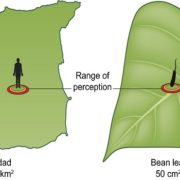
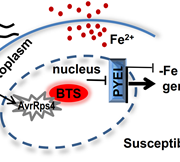
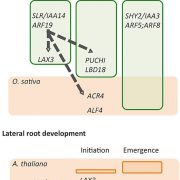
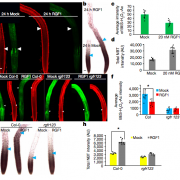
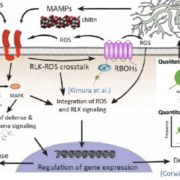



Leave a Reply
Want to join the discussion?Feel free to contribute!